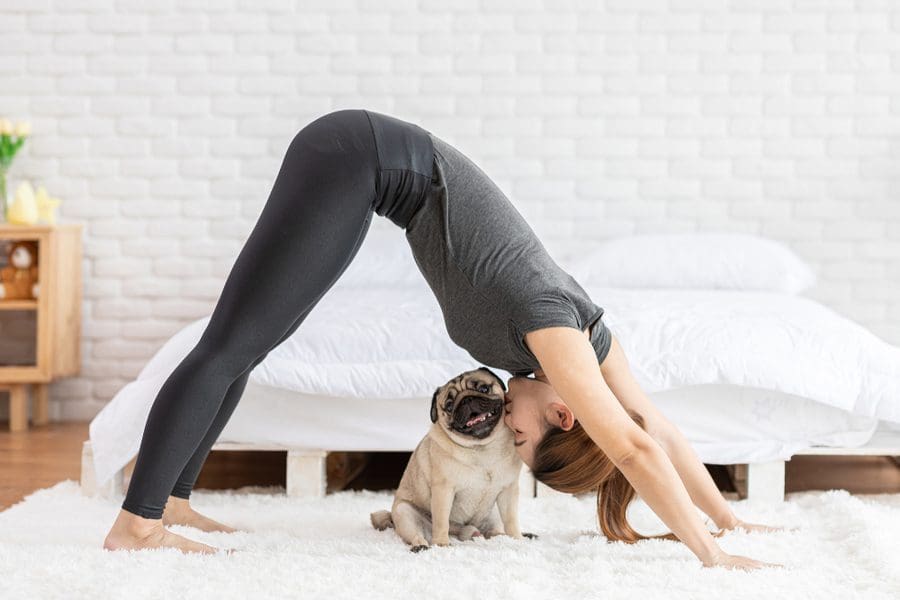Yoga is one of the most relaxing and fulfilling forms of exercise, yet also one of the most challenging and frustrating, a dissonance that’s due solely to your practice level. Advanced yogis will rave about the workout, though beginners will frequently reference its difficulty. So, if you find yourself in this latter category, here are a few yoga practice tips for beginners.
Breathe Into Your Poses
If you’re new to the practice, the breathing exercises may feel like recommendations rather than necessities. However, the way you breathe will impact what your body allows you to do.
For instance, breathing normally and trying to force yourself into a forward fold isn’t going to get you very far. However, following the yoga instructor’s breathing methods will loosen your nerves and increase your flexibility.
Take the Modifications
Most yoga instructors will give you modifications for every move based on your level of practice. While you may want to push yourself, you should not over-exert yourself.
So, if your next pose is a downward dog for several breaths, and you’re uncomfortable after one breath, take the modification and settle into the child’s pose. You can set your own benchmarks and improve with every practice until you, too, can stay in downward dog for several breaths.
Don’t Rely on Passive Stretching
Passive stretching is a great way to build flexibility, but not a fast one. Sure, daily passive stretches may feel nice, but active stretches make the biggest difference. An active stretch is purposely contracting the muscle you are trying to stretch. So, build a combination of both into your daily workout routine.
Keep Up with Other Workouts
Yoga is a great workout and can stand on its own, but building strength by completing other workouts will help your yoga practice. The basic upper body, lower body, and core workouts are still essential. They are sure to help you hold some of the more challenging poses.
Utilize Yoga Equipment
There is a lot of yoga equipment out there that is designed to help you improve your poses. For instance, yoga blocks can help you stabilize and perfect your posture; eventually, you will build enough strength to hold the pose without them. Don’t view equipment as a crutch. Instead, see it as a stepping stone or tool for improvement.
Keep Trying
As mentioned many times, yoga is not easy. Many of the poses are challenging and require hard work. So, don’t give up. Keep trying, as every yogi is in a state of progress; even the most advanced yogis have practice goals set for themselves.
Stop Comparing Yourself to the Trainer
Finally, stop comparing yourself to the professional that’s teaching you. They are advanced in their practice enough to teach it, which means they are not at the same level as you. Their down dog probably looks amazing, but yours will, too, eventually. So, for now, breathe into it and work to improve. Just remember, don’t compare yourself with professionals.
Yoga is beneficial, though clearly challenging. It’s not a workout you’re going to pick up in a single session. Instead, it’s one you will continually work at, getting progressively stronger all the while. So if you’re a beginner and find yourself frustrated with difficulty, don’t give up. You’ll get there; it’s just going to take some effort, dedication, and help from the above-mentioned tips.






